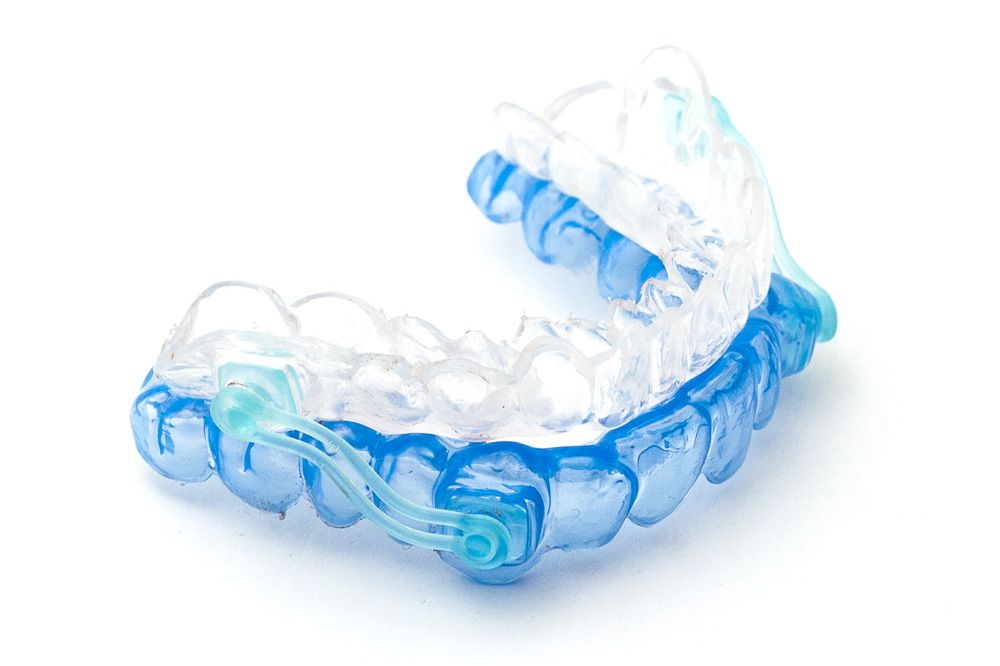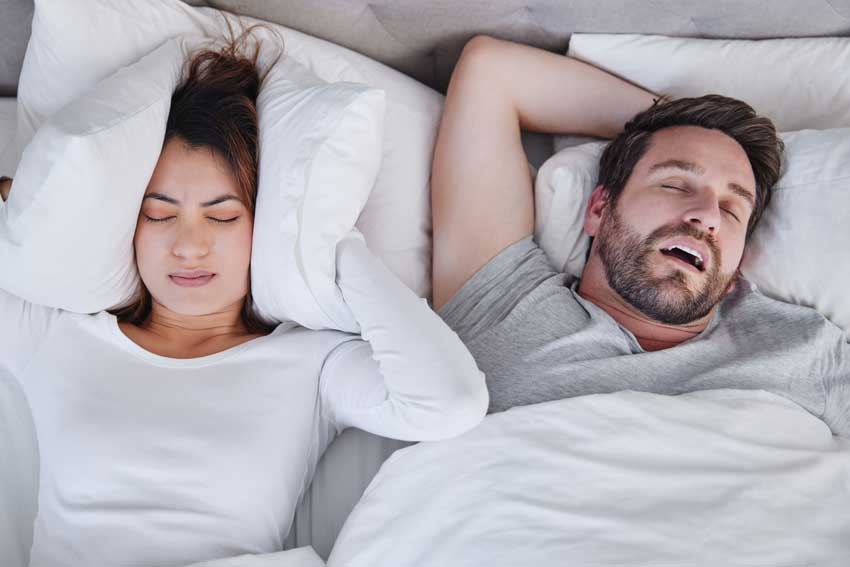What are the Different Types of Oral Appliances Used in Therapy?
Oral appliance therapy serves as a valuable non-invasive treatment for sleep-related breathing disorders like sleep apnea and chronic snoring. This article aims to elucidate the various types of oral appliances used in therapy, highlighting their mechanisms, benefits, and effectiveness in addressing sleep apnea and snoring issues.
Understanding Oral Appliance Therapy
Role in Sleep Apnea and Snoring Treatment
Oral appliance therapy involves the use of custom-made devices worn during sleep to reposition the jaw, tongue, or soft tissues of the throat, thereby preventing airway obstruction and promoting better breathing patterns. This therapy is often recommended for individuals with mild to moderate obstructive sleep apnea or as an alternative for those unable to tolerate continuous positive airway pressure (CPAP) therapy.

Mechanisms of Oral Appliances
Different oral appliances function in diverse ways. Mandibular advancement devices (MADs) and tongue retaining devices (TRDs) are the two primary types. MADs work by advancing the lower jaw forward, tightening tissues, and opening the airway. TRDs hold the tongue in a forward position to prevent it from blocking the airway during sleep.
Types of Oral Appliances Used in Therapy
Mandibular Advancement Devices (MADs)
MADs are the most common type of oral appliance used in therapy. These devices resemble mouthguards and are custom-fitted to an individual's mouth. MADs adjust the lower jaw forward to prevent collapse of the upper airway, facilitating improved airflow and reducing sleep apnea snoring episodes.
Tongue Retaining Devices (TRDs)
TRDs are another type of oral appliance that focuses on holding the tongue in a forward position, preventing it from falling back and obstructing the airway. TRDs are less commonly prescribed but may be suitable for individuals who cannot tolerate MADs or have specific anatomical factors contributing to their sleep apnea.
Combination Devices
Some oral appliances combine features of both MADs and TRDs, aiming to address multiple factors contributing to sleep apnea or chronic snoring. These combination devices aim to advance the jaw while also incorporating mechanisms to hold the tongue in place, offering a comprehensive approach to airway management during sleep.
Benefits and Effectiveness of Oral Appliance Therapy
Improved Sleep Quality
Oral appliances effectively improve sleep quality by reducing or eliminating instances of interrupted breathing, snoring, and associated symptoms, leading to better overall rest and daytime alertness.

Increased Compliance and Comfort
Compared to CPAP therapy, many individuals find oral appliance therapy more comfortable and easier to use. The compact and portable nature of oral appliances enhances compliance and encourages consistent usage.
Non-Invasive Alternative
Oral appliance therapy serves as a non-invasive alternative to surgeries or CPAP machines, offering a less intrusive method for managing sleep apnea and snoring with fewer associated side effects.
Considerations and Adherence to Oral Appliance Therapy
Customization and Professional Monitoring
Proper customization of oral appliances by a qualified dental professional is crucial for optimal effectiveness. Regular follow-ups and adjustments ensure the appliance fits correctly and continues to address the individual's specific needs.
Compliance and Maintenance
Consistent usage and proper maintenance of oral appliances are essential for successful therapy. Patients should adhere to recommended cleaning instructions and replace worn-out appliances as advised by their healthcare provider.
Collaboration with Healthcare Providers
Collaboration between dentists, sleep specialists, and other healthcare providers is vital to ensure comprehensive evaluation, proper diagnosis, and effective treatment monitoring for individuals undergoing oral appliance therapy.
Conclusion:
Oral appliance therapy presents a viable and effective treatment option for individuals suffering from sleep-related breathing disorders such as sleep apnea and chronic snoring. Understanding the diverse types of oral appliances used in therapy, their mechanisms, and the benefits they offer in addressing sleep-related issues empowers individuals to make informed decisions regarding their treatment options.
By highlighting the various oral appliances available, their effectiveness, and the importance of customization and adherence to therapy, this article aims to underscore the significance of oral appliance therapy in managing sleep apnea and chronic snoring. Collaborative efforts between healthcare providers and patients play a pivotal role in ensuring successful outcomes and improved sleep quality for individuals seeking relief from these conditions.
Comments
Post a Comment